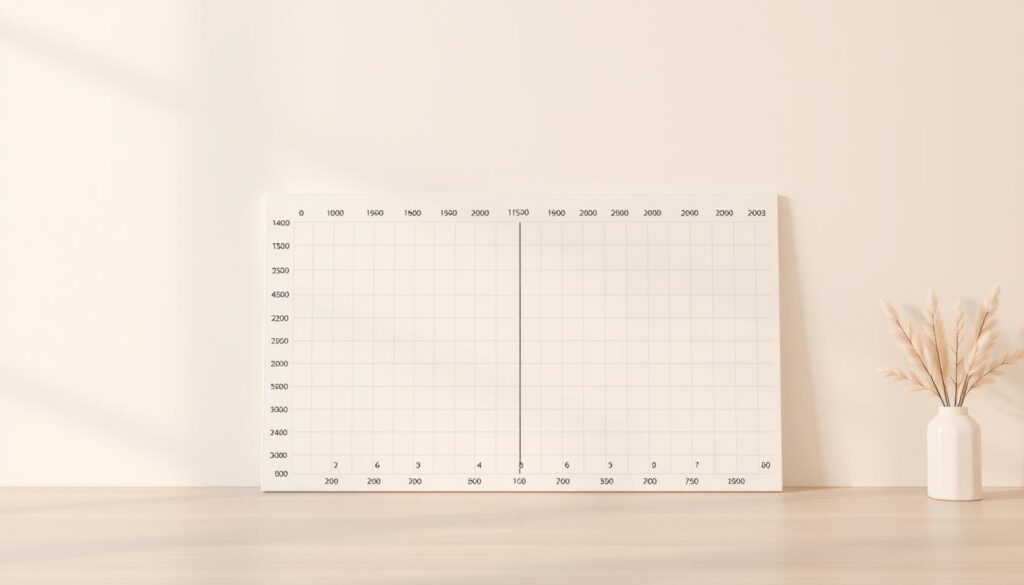What if the numbers tracking your little one’s development aren’t capturing their full health picture? While parents often rely on basic height and weight metrics, understanding a young child’s growth requires more nuanced tools. We’ll show you how to interpret these measurements effectively while avoiding common oversights.
Body mass index (BMI) evaluations for children differ significantly from adult calculations. Unlike fixed thresholds, pediatric assessments use age and gender-specific percentiles from organizations like the CDC. These charts help identify patterns rather than isolated numbers, offering insights into long-term health trajectories.
Before using any digital tool, gather three critical details: birth date, current weight, and height. Precision matters—even small measurement errors can skew results. Remember, these outputs serve as starting points for conversations with healthcare providers, not final diagnoses.
We’ve combined guidance from the NHS and NCCDPHP to create a clear action plan. Our approach emphasizes pairing data with observable factors like effective strategies for improving body composition through play and nutrition. Let’s transform numbers into meaningful steps for your child’s well-being.
Key Takeaways
- Pediatric growth analysis uses dynamic percentiles, not fixed BMI categories
- Accurate height/weight measurements are crucial before using digital tools
- Results should always be reviewed with medical professionals
- Growth charts track trends over time rather than single data points
- Combining metrics with lifestyle observations creates a complete health picture
Understanding Toddler BMI and Its Importance
A child’s growth isn’t just about hitting milestones—it’s about recognizing patterns that reveal overall well-being. Unlike adult health metrics, pediatric assessments use dynamic tools tailored to developmental stages.
Growth Measurement Fundamentals
Body mass index for young ones compares weight-to-height ratio against age-specific data from large reference groups. The formula remains consistent, but interpretation shifts dramatically:
| Category | Percentile Range | Health Implications |
|---|---|---|
| Underweight | <5th | Possible nutritional gaps |
| Healthy Weight | 5th-84th | Typical development |
| Overweight | 85th-94th | Increased observation needed |
| Obesity | ≥95th | Higher risk for conditions |
The Power of Percentile Tracking
Why focus on percentile rankings? A child at the 85th percentile has higher body mass than 85% of peers in their age and sex group. More importantly, trend lines matter—a steady climb could signal changing body fat distribution before weight alone raises concerns.
Boys and girls develop differently. Muscle mass and body fat percentages vary naturally, which is why sex-specific CDC growth charts provide clearer insights than generic numbers.
“Single measurements are snapshots—growth charts show the movie of a child’s health journey.”
While these tools help identify potential issues, they work best when combined with observations about diet, physical activity levels, and family history. Our next section explains how to gather accurate measurements for meaningful analysis.
How to Use a BMI Calculator for Toddlers
Preparing precise measurements transforms abstract numbers into actionable insights. Three elements determine accurate outputs: equipment selection, recording methods, and data entry precision.
Gathering Your Child’s Measurements
Start with these essentials:
- Birth date (month/day/year)
- Measurement date
- Weight in pounds/kilograms
- Height in inches/centimeters
Use digital scales and wall-mounted stadiometers for reliability. For wiggly little ones, measure twice—once standing and once lying down. Record fractions (½ lb or ¼ inch) rather than rounding.
Step-by-Step Guide to Entering Data
- Select measurement units (US or metric)
- Input birth date and measurement date
- Enter weight first, then height
- Choose biological sex from dropdown
Most tools accept decimals (like 32.5 lbs) but reject symbols. If your entry flashes red, check for letters or special characters. The system automatically converts units and adjusts for age gaps between measurement dates.
One mother discovered her son’s apparent 95th percentile ranking stemmed from shoes being left on during weighing. Such oversights emphasize why barefoot measurements matter.
| Measurement | US Units | Metric Units |
|---|---|---|
| Weight | Pounds (lbs) | Kilograms (kg) |
| Height | Feet/inches | Centimeters (cm) |
After submission, the tool generates two outputs: a numerical value and a plotted point on standardized charts. These visuals help track whether growth patterns stay consistent across checkups.
Interpreting Your BMI Results for a Healthy Future
When growth charts become storybooks of your child’s health journey, each plotted point reveals patterns needing thoughtful translation. Pediatric assessments categorize body mass using four ranges:
What Growth Percentiles Reveal
A 75th percentile ranking means your little one measures higher than 75% of peers in their age and sex group. But consistent movement across checkups matters most. Gradual climbs might reflect natural development, while sudden jumps could signal changing body composition.
Consider these guideposts from leading health organizations:
- Below 5th percentile: Potential nutritional needs
- 5th-84th: Typical progression
- 85th-94th: Enhanced monitoring suggested
- 95th+: Comprehensive evaluation recommended
“Three consecutive measurements outside a child’s usual pattern warrant deeper exploration.” — CDC Growth Chart Guidelines
Partnering With Health Professionals
Schedule conversations if your child’s curve shifts two or more percentile lines between visits. Bring notes about sleep habits, favorite foods, and family health history. Many doctors appreciate visual aids—snap a photo of your personalized growth chart before appointments.
Remember, body mass evaluations work best alongside observations about energy levels and motor skills. A child in the 90th percentile who loves playground races might have different needs than one preferring sedentary activities.
While these tools help identify potential concerns, they complement—rather than replace—expert evaluations. Our team designed this resource to help families prepare targeted questions for their next pediatric visit.
Conclusion
Tracking your child’s growth involves more than periodic measurements—it’s about connecting data to their unique health story. Our guide simplifies this process through three steps: precise data collection, accurate tool use, and trend analysis with standard growth charts.
Regular monitoring helps identify patterns in weight-height ratios and body composition. Percentiles reveal how your little one compares to peers, while charts show whether their growth stays consistent over time. Healthy ranges vary by age and sex, making professional input essential for personalized assessments.
While digital tools offer quick insights, they work best alongside observations of diet, activity levels, and family history. Share results with your pediatrician if percentiles shift abruptly or concerns about muscle-fat balance arise.
We designed this resource to help families make informed decisions using trusted data from leading health organizations. Whether checking measurements or discussing trends, our BMI calculator for toddlers serves as a starting point—not a final verdict—for nurturing your child’s well-being.



